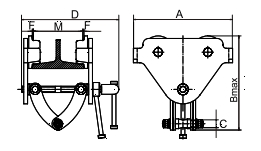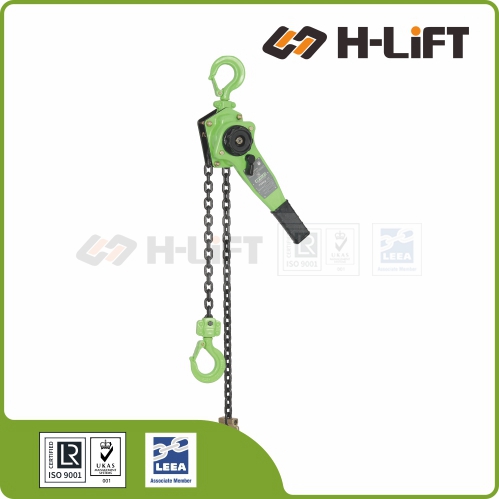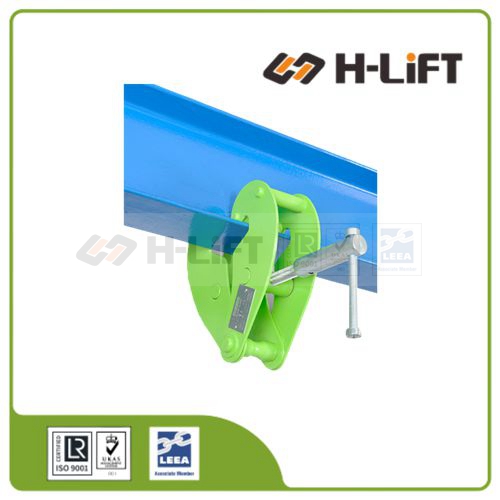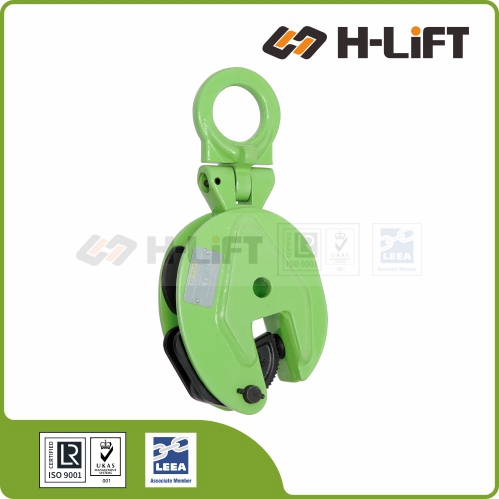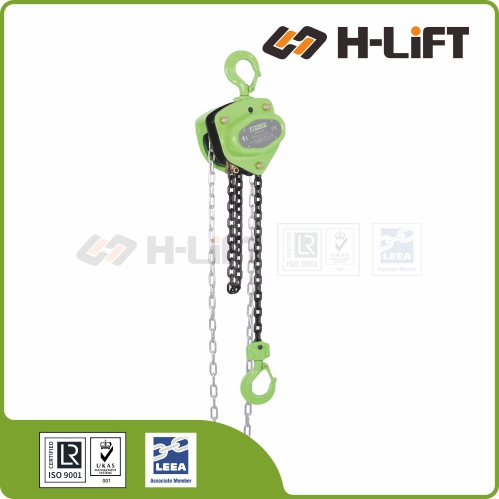ALWAYS:
• Store and handle trolleys correctly.
• Inspect trolleys, blocks and accessories before use and before placing into storage.
• Ensure the wheel profile is suitable for the track.
• Check the trolley width is correctly set for the track.
• Ensure the track is fitted with positive end stops.
• Push rather than pull loads suspended on push/pull trolleys.
NEVER:
• Expose trolleys to chemicals, particularly acids, without consulting the supplier.
• Force or wedge the suspension hook of blocks onto the load bar.
• Throw or drop a trolley.
• Expose a trolley directly to the elements, water spray, steam etc without consulting the supplier.
• Use a trolley with chipped or otherwise damaged wheel flanges.
• Obliquely side load a trolley.
Selecting the Trolley
Travelling trolleys are available in a range of capacities with load bars/suspension eyes to accept hook on blocks or built into the block as an integral part. They are available with push/pull, hand chain geared and power operated travel. Select the trolley to be used and plan the lift taking the following into account:
Capacity and type of trolley - load bar/suspension eye or built in block suspension arrangement - push/pull, hand geared or power operated travel. Type of block.
Track size and profile.
Consult the supplier if the trolley is to be used in areas of high risk, exposed to the elements, water, steam etc, with hazardous substances or subjected to extremes of temperature.
Storing and Handling Trolleys
Users will often remove blocks for storage leaving the trolley in place. They must be suitably protected from damage and corrosion. When removing trolleys for separate storage the following steps should be taken:
Never return damaged trolleys to storage. They should be dry, clean and protected from corrosion.
Store trolleys in a dry, clean area protected from damage. Operating chains, pendant power controls etc may be removed, clearly labelled and stored separately to avoid damage.
Trolleys should not be dropped or thrown down.
Installing and Commissioning
Follow any specific installation instructions issued by the supplier. These should be read in conjunction with the
instructions applicable to the block and should at least pay attention to the following:
Check the runway track is level, has an even running surface and is fitted with positive end stops which engage with the trolley frame or wheel treads.
Ensure the trolley is set to correct width with spacers equally disposed about the centre line, that the wheel profile is suitable for the track section and anti-tilt devices are correctly set.
If the trolley was dismantled for erection ensure the parts are correctly re-assembled. Ensure that all bolts, nuts etc are in place and fully tightened. If end stops were removed ensure they are replaced.
Using Trolleys Safely
The safe use of the trolley will largely be governed by the requirements for the block with which it is to be used but should take the following matters into account:
Do not use defective trolleys, blocks or accessories.
The trolley must be placed directly over the centre of gravity of the load. Under no circumstances must they be obliquely side loaded as this will cause them to tip, resulting in damage to the track or the trolley becoming detached from the track and falling.
In the case of push/pull trolleys push rather than pull suspended loads taking care to avoid swinging loads.
In-service Inspection and Maintenance
Maintenance may be combined with that of the block but should ensure that the trolley is clean and that moving parts are regularly lubricated. Keep the running surface of wheels and contact surface of track free of any contamination including lubricants.
Regularly inspect the trolley and, in the event of the following defects, refer the trolley to a Competent Person for thorough examination: wear; damage to wheel treads and flanges; insecure wheels and axle pins; loose nuts; distorted side plates, load bar or suspension eyes; damaged or worn hand chain; damaged controls; worn, chipped drive gears; illegible markings.





